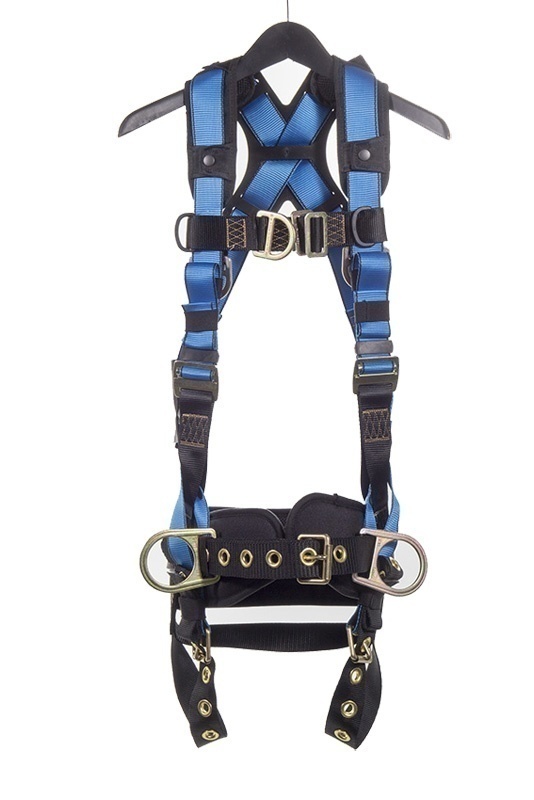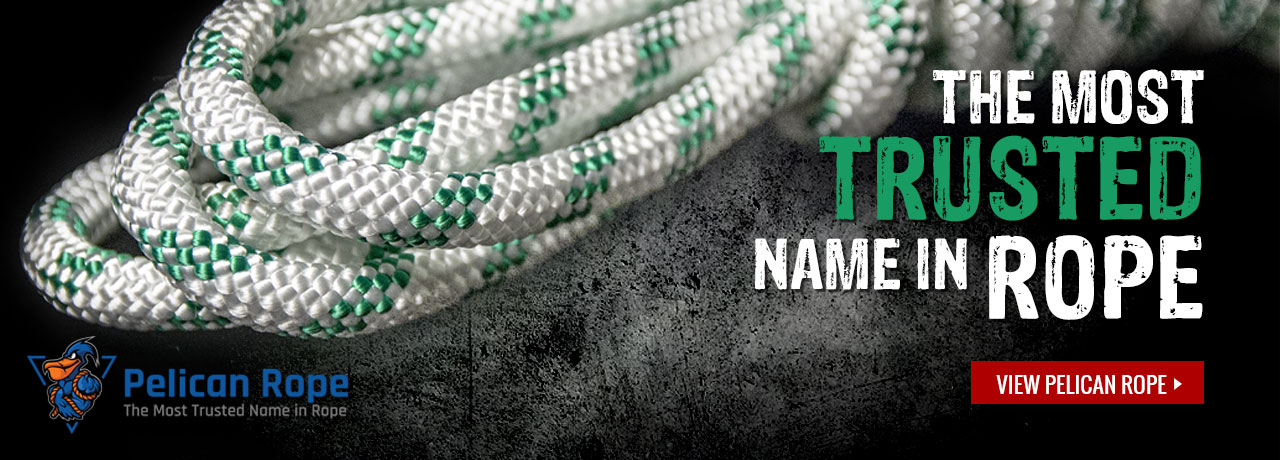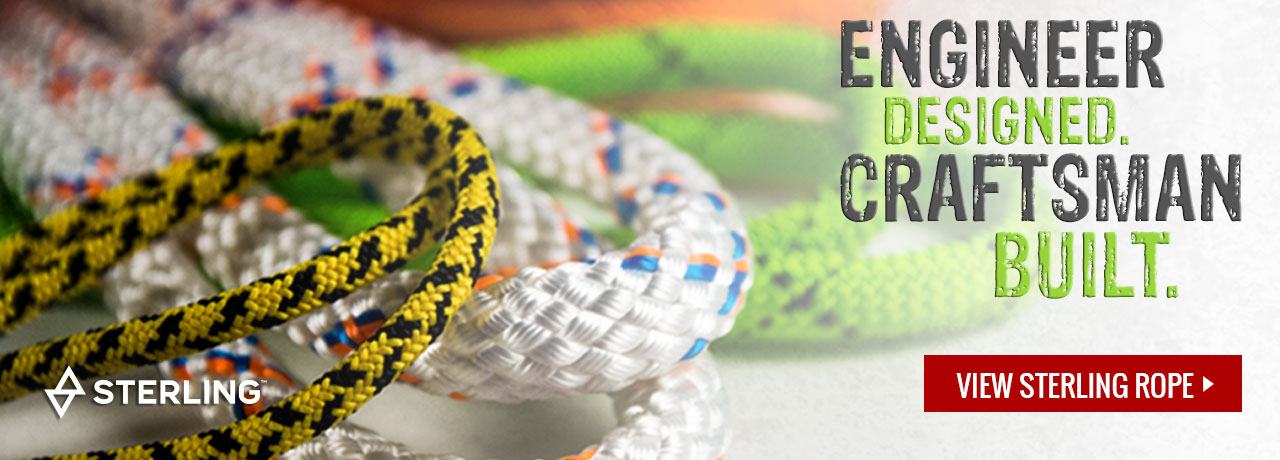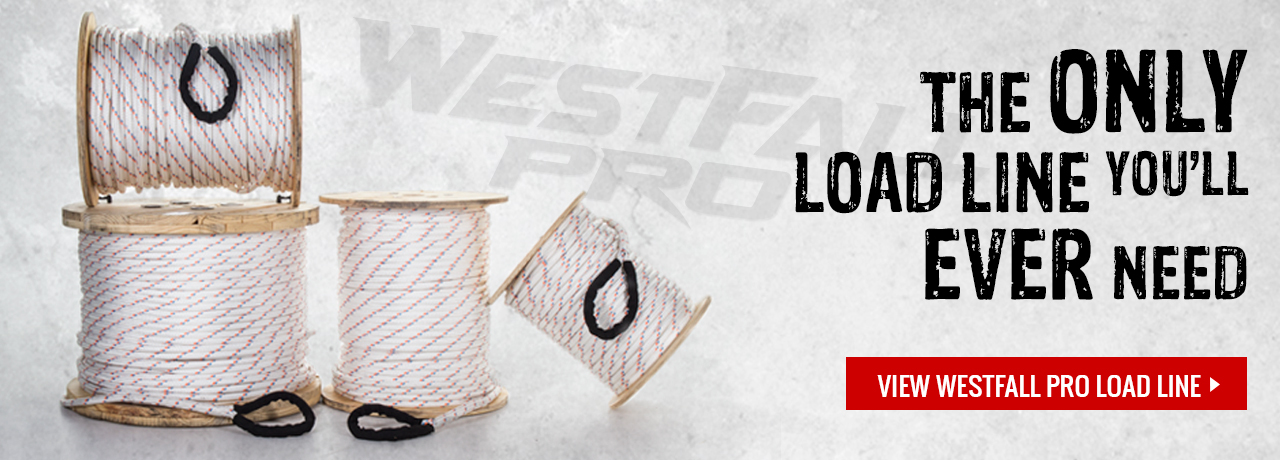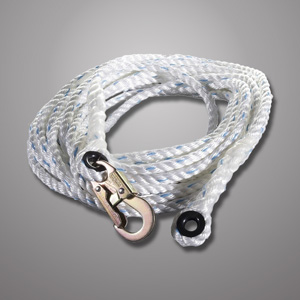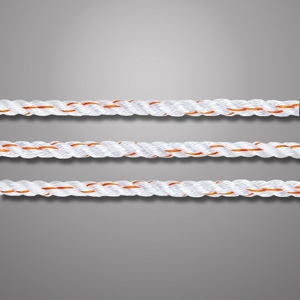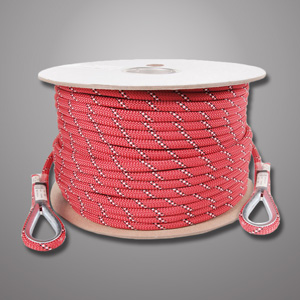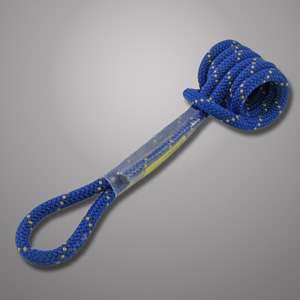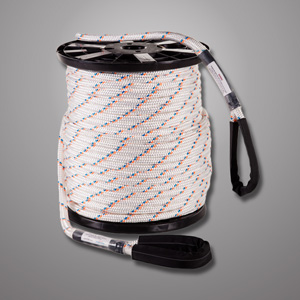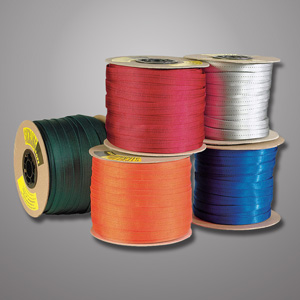YOU HAVE NO ITEMS IN YOUR CART.
Featured Brands
Climbing Rope, Pulling Rope, and Lifelines
Rope is one of the most versatile tools in your arsenal. It can be used for a whole slew of things and often times is literally your lifeline when working at height. When sourcing your rope the first step is to determine what type of rope that you need. The three types of rope are: 3-strand, Double Braid, and Kernmantle.
3-Strand Rope
3-strand ropes usually have a lower breaking strength than double braid or kernmantle rope. This means that a larger diameter is required to achieve the same strength. Because of the way the rope is constructed, 3-strand ropes tend to rotate under loads and provide less abrasion resistance. 3-strand rope is most commonly used as a lifeline when working at height.
Double Braid
Double braided rope has a braided core surrounded by a braided sheath. The inner braids are most commonly designed to share the load equally with low elongation. Double braid rope remains round under tension, imparts no rotational force when loaded, and has a soft hand. All of these characteristics make it ideal for use as a load rope.
Kernmantle Rope
Kernmantle rope consists of twisted parallel fibers (the kern) surrounded by a tightly braided sheath (the mantle). The core fibers provide the majority (about 70%) of the rope’s strength. The sheath is tightly braided providing significantly higher abrasion resistance. There are two distinct types of kernmantle: dynamic and static. Dynamic is used for recreational climbing due to its high shock absorption capabilities. Static kernmantle has very low stretch and works well for industrial applications. Due to its construction, it remains round through descent devices and allows minimal twist on the rope. The properties of static kernmantle make it ideal for use as a lifeline or descent line.
Lifelines
Lifelines are pretty self-explanatory. They are your lifeline when working at height. Lifelines are typically either 3-Strand rope or Kernmantle rope because the properties of both of these ropes uniquely suit them for lifeline applications.
When sourcing rope, once you have determined what rope you will use, the next thing to determine is what diameter you need. Diameter is typically based on rope strength and compatibility with rope accessories. For more information about the different types of ropes used in at-height, details about diameter, and information about proper rope care click here to check out our rope buying guide.
Accessory Cords
Accessory cords are so named because they are pieces of rope that act as accessories. It is important to note that accessory cords have been designed and developed for specific purposes and should not be used outside of that scope. Our selection of accessory cords include prusiks, lanyards, restraint cords, flip lines, and multi-purpose accessory cords which can be used as prusiks, tag lines, and for hauling purposes.
Specialty Rope
Not all situations are created equal and not all rope is created equal, either. When you have special situations GME Supply is your resource for all types of specialty rope. From military spec webbing to reflective rope and everything in-between we’ve got what you need to get the job done no matter the situation.
For more information on our selection of rope or if you have questions, click here to contact one of our Gear Experts®.
